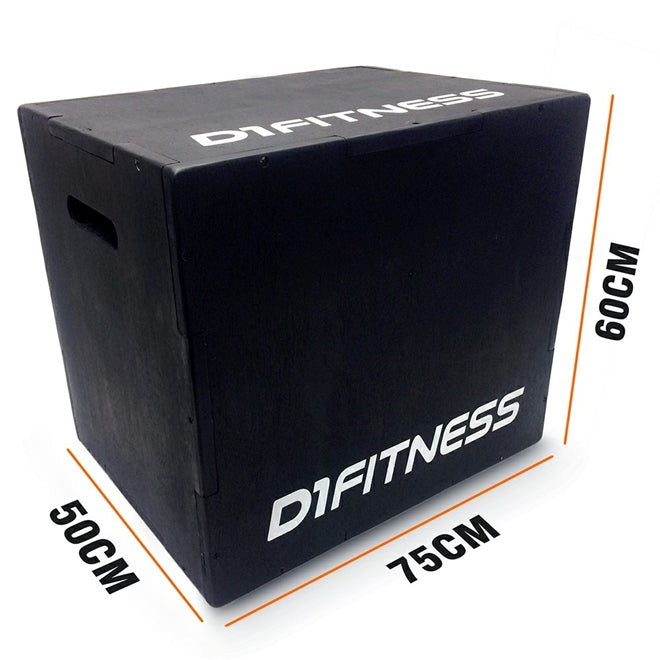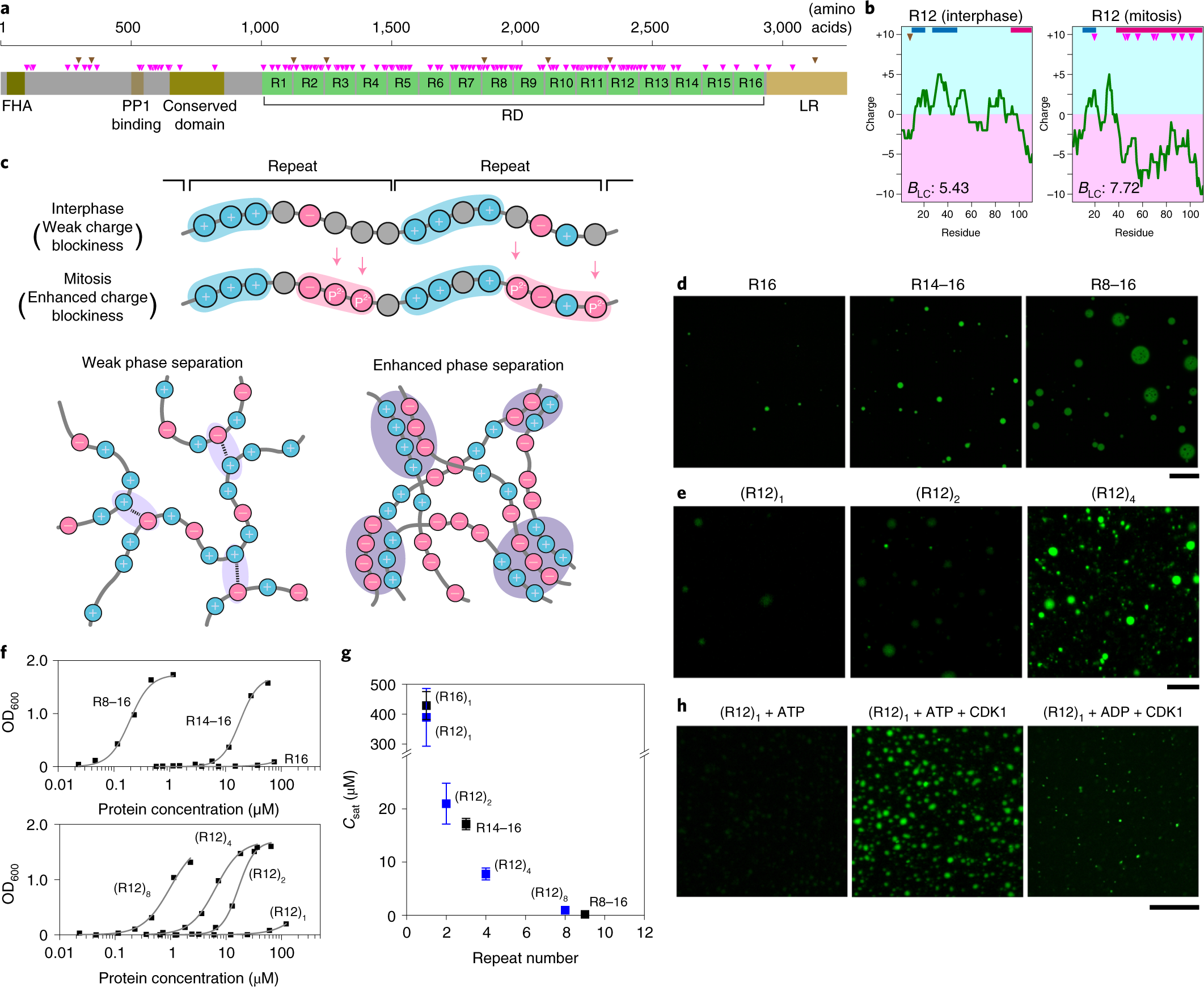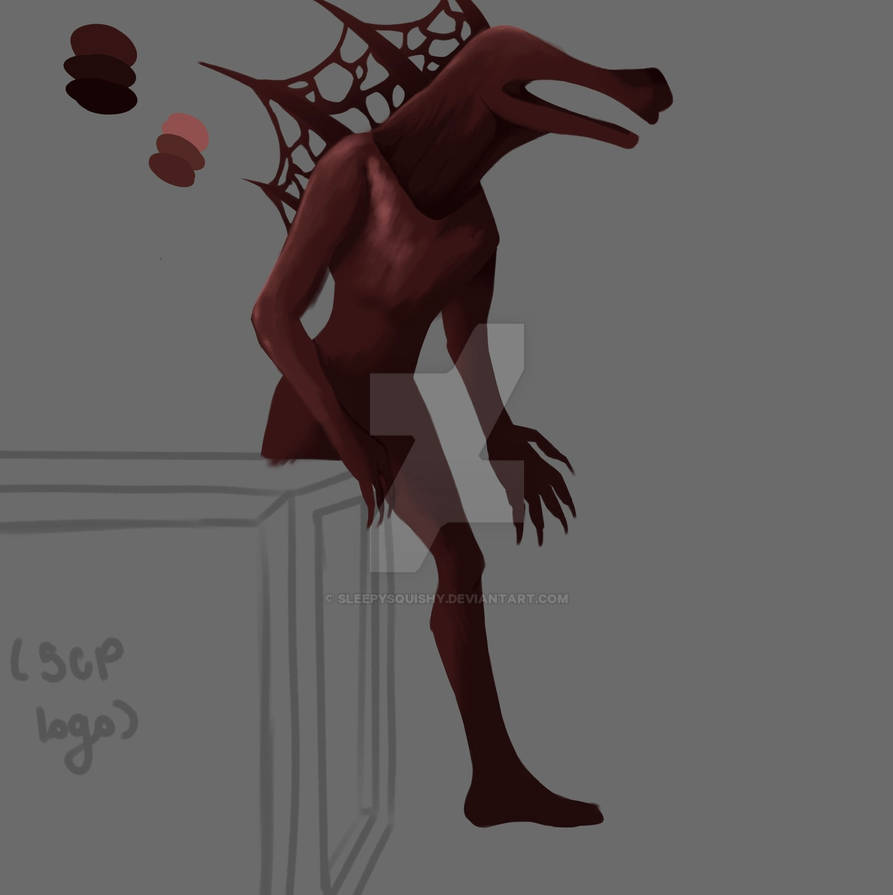Sensors, Free Full-Text
Por um escritor misterioso
Last updated 01 novembro 2024
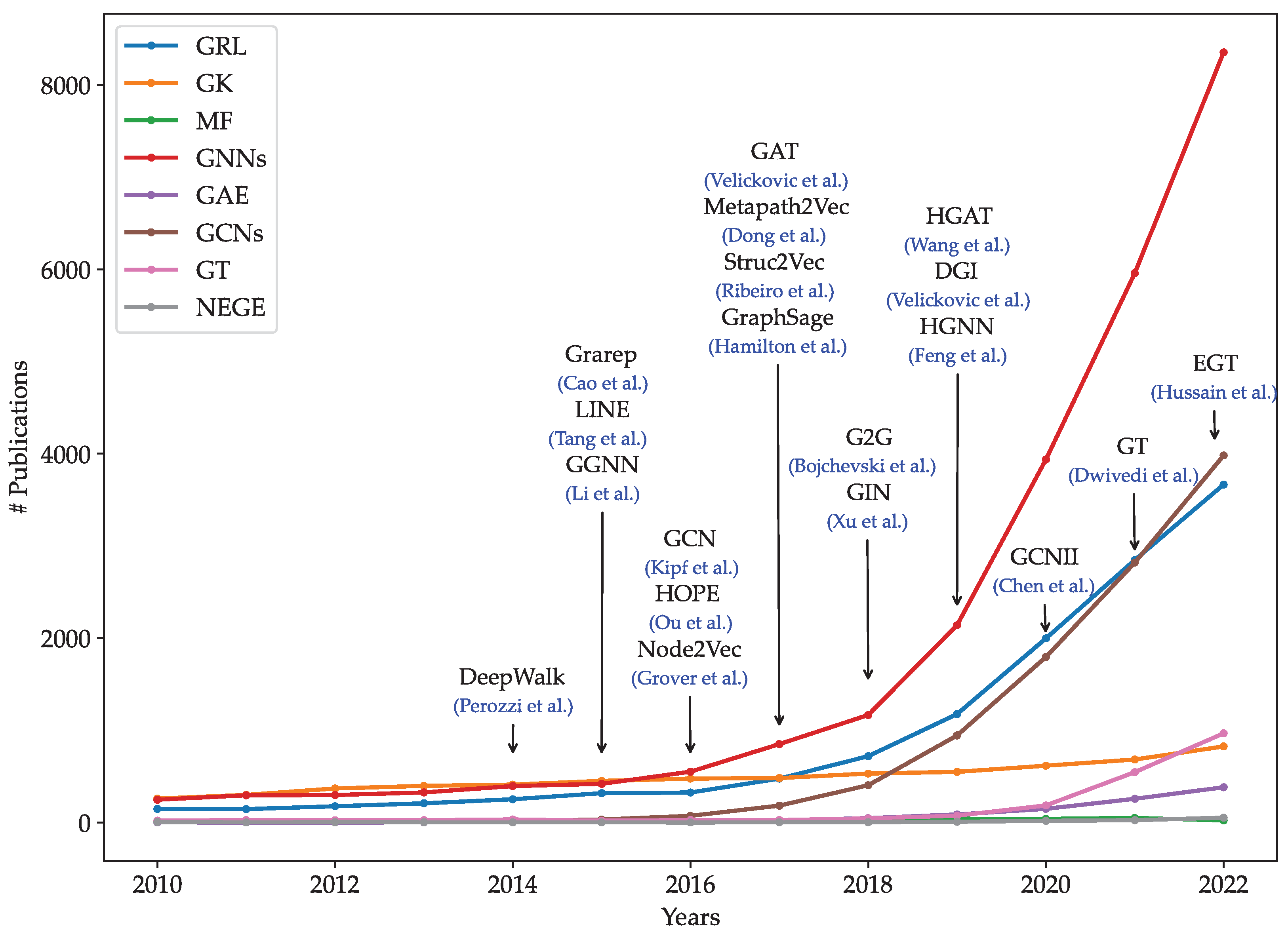
Graphs are data structures that effectively represent relational data in the real world. Graph representation learning is a significant task since it could facilitate various downstream tasks, such as node classification, link prediction, etc. Graph representation learning aims to map graph entities to low-dimensional vectors while preserving graph structure and entity relationships. Over the decades, many models have been proposed for graph representation learning. This paper aims to show a comprehensive picture of graph representation learning models, including traditional and state-of-the-art models on various graphs in different geometric spaces. First, we begin with five types of graph embedding models: graph kernels, matrix factorization models, shallow models, deep-learning models, and non-Euclidean models. In addition, we also discuss graph transformer models and Gaussian embedding models. Second, we present practical applications of graph embedding models, from constructing graphs for specific domains to applying models to solve tasks. Finally, we discuss challenges for existing models and future research directions in detail. As a result, this paper provides a structured overview of the diversity of graph embedding models.

Angewandte Chemie International Edition - Wiley Online Library
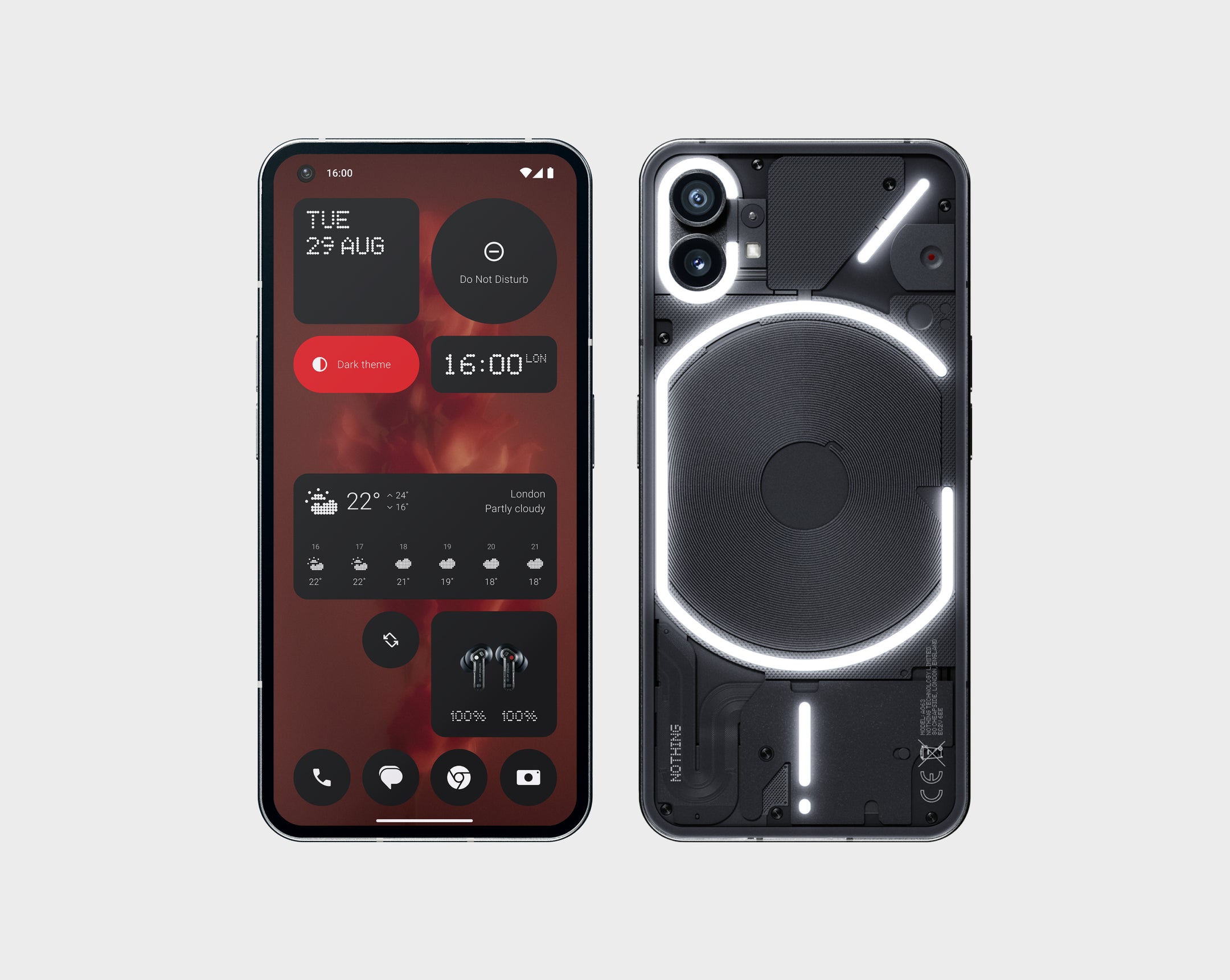
Nothing Phone (1) – Nothing India
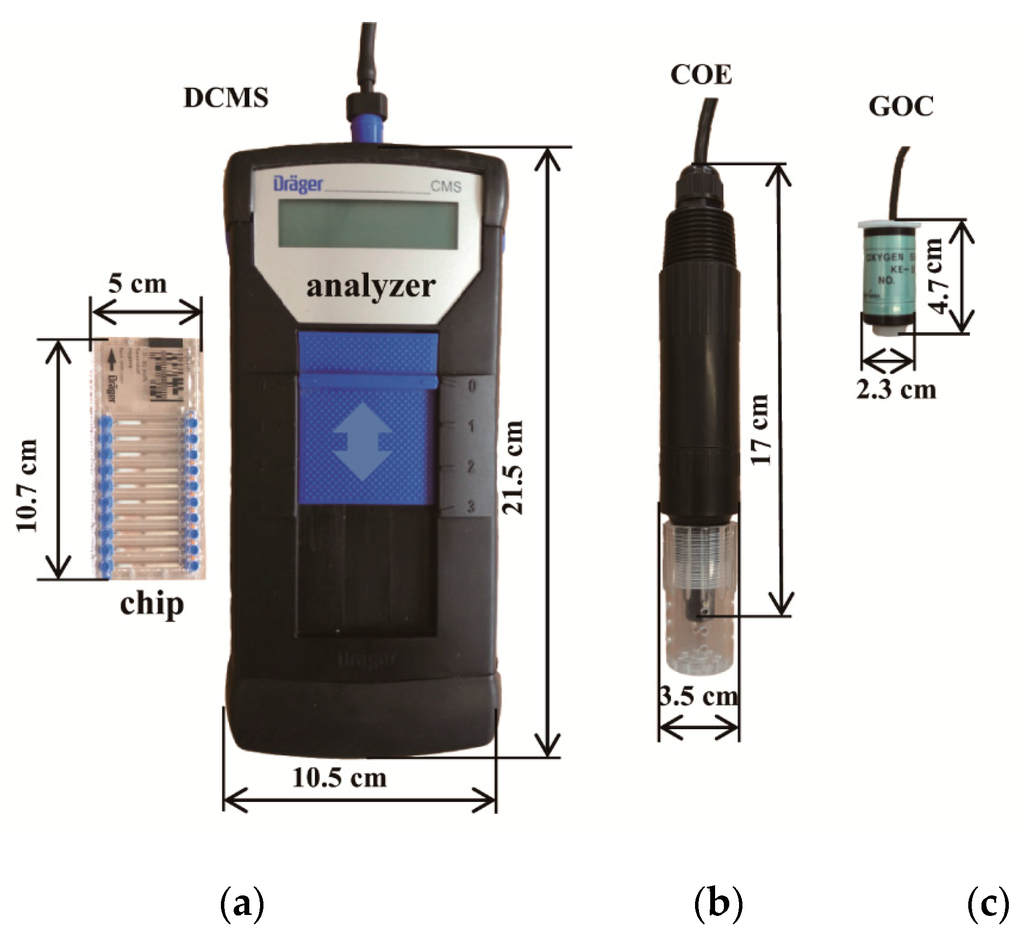
Sensors, Free Full-Text
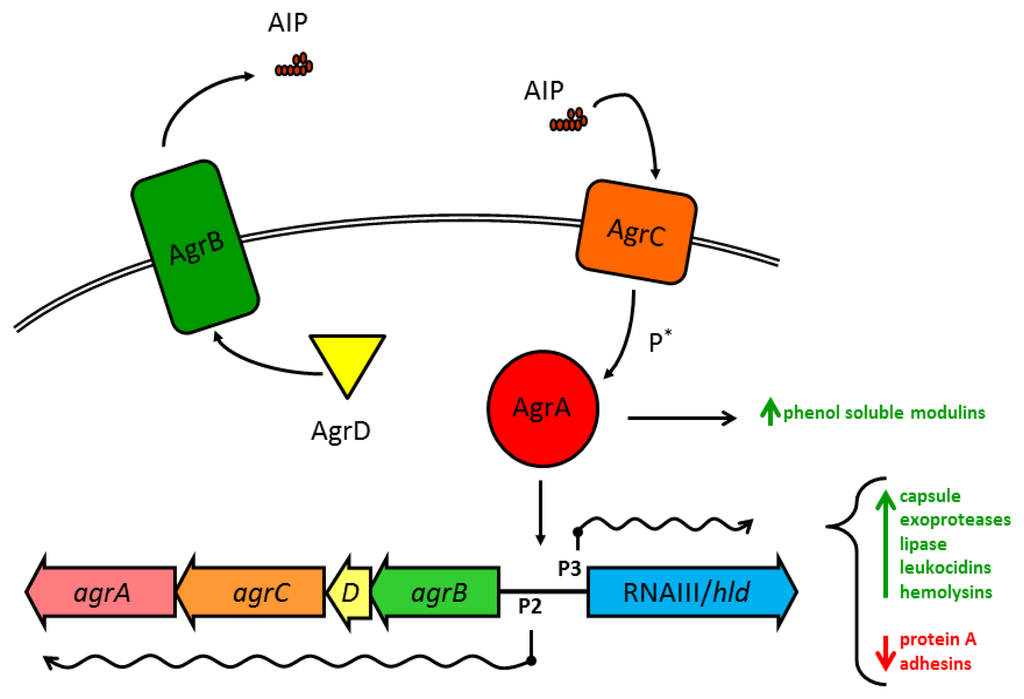
Sensors, Free Full-Text
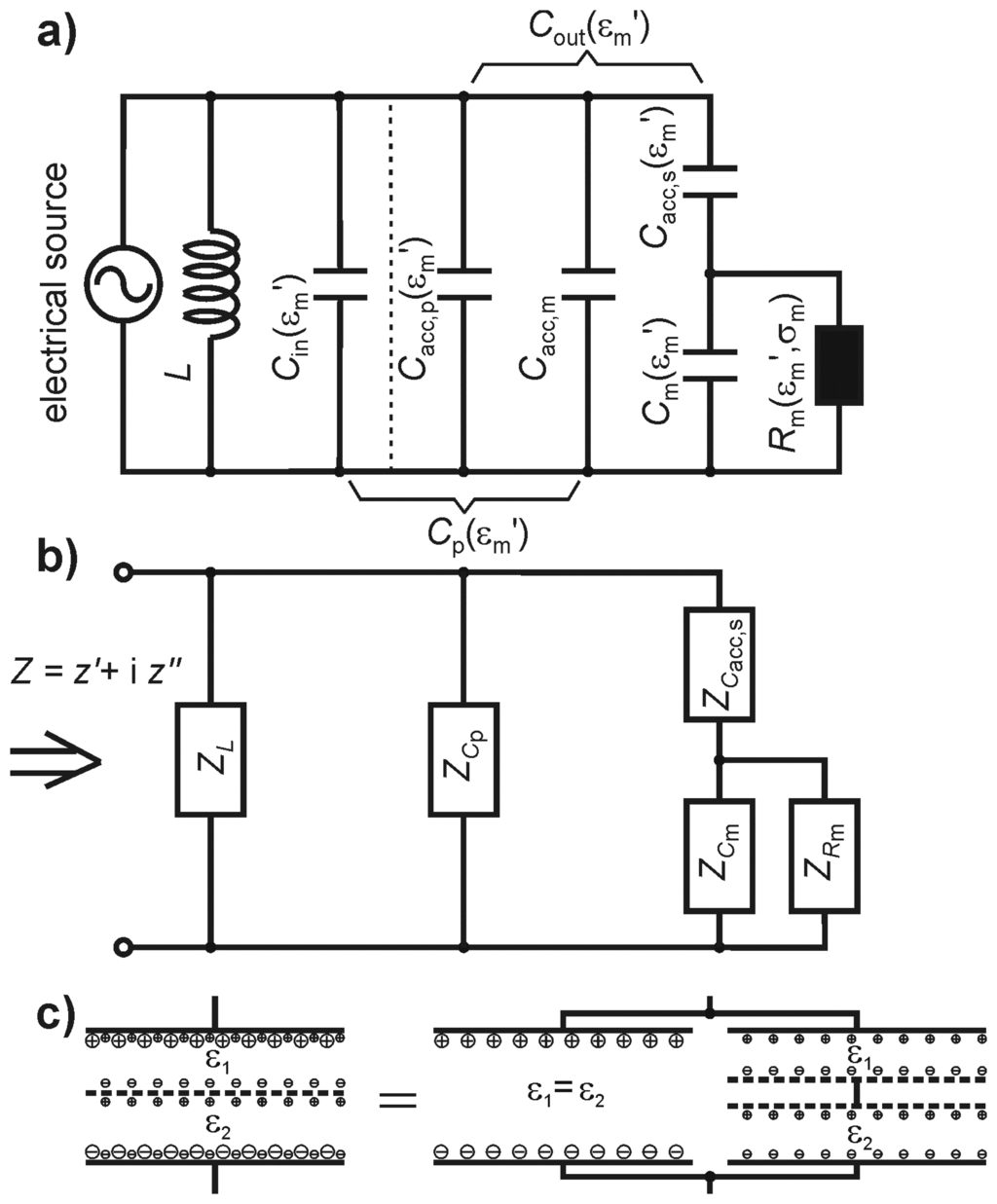
Sensors, Free Full-Text
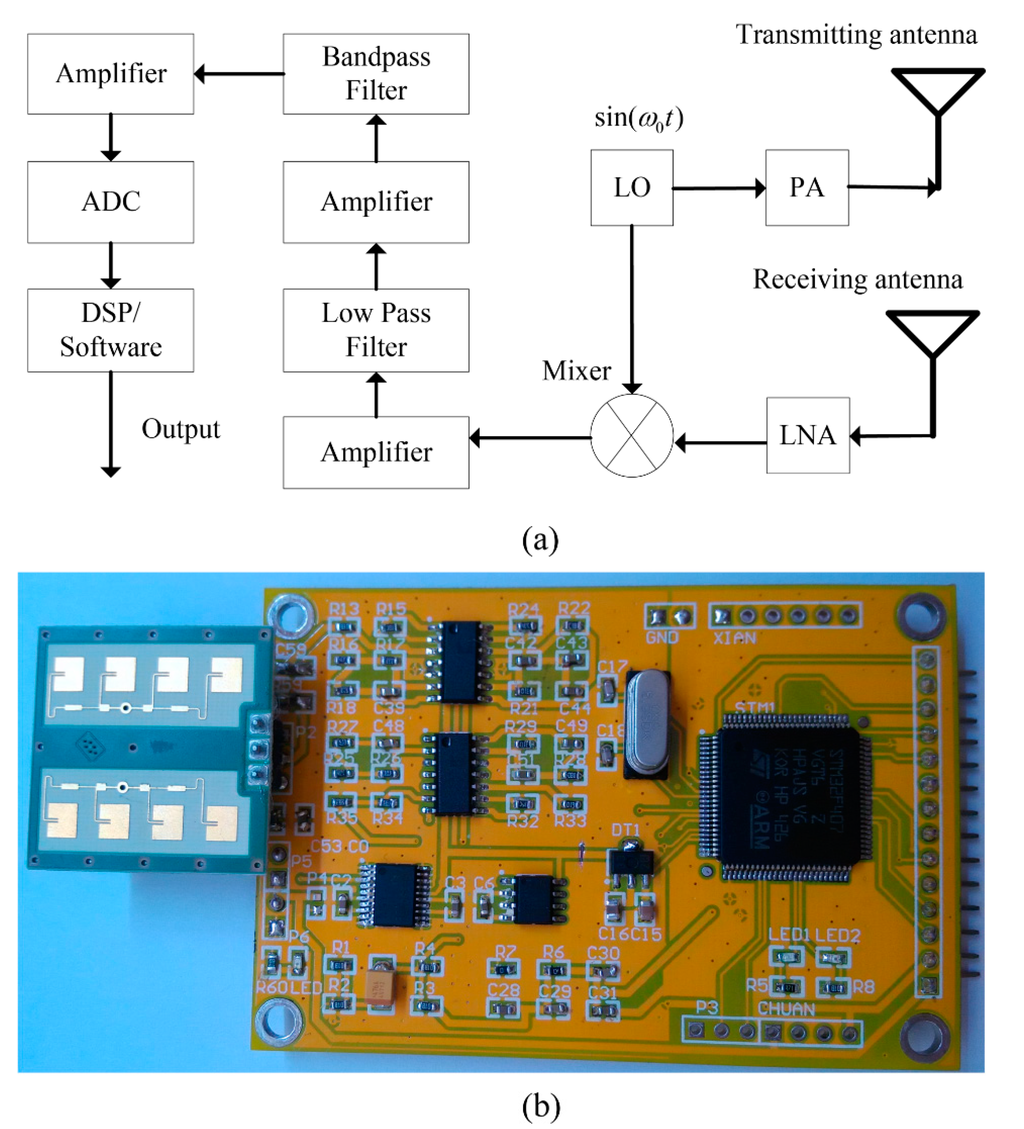
Sensors, Free Full-Text

Sensors & Transducers Journal

PDF) Introduction to sensors

Pepperl Fuchs Photoelectric Sensor ML100-55/102/115

Advanced Healthcare Materials: Early View
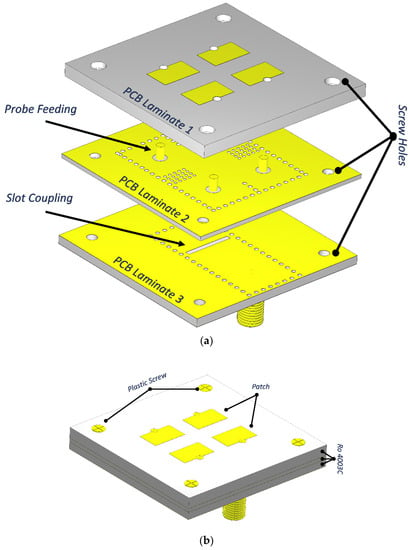
Feed Reactance Of Rectangular Microstrip Patch Antenna With Probe Feed - Colaboratory

Sensors and Actuators B: Chemical, Journal

Sensors, Free Full-Text

Pepperl Fuchs Background Suppression Sensor, Model Name/Number: ML100-8-H-350-RT/102/115
Recomendado para você
você pode gostar


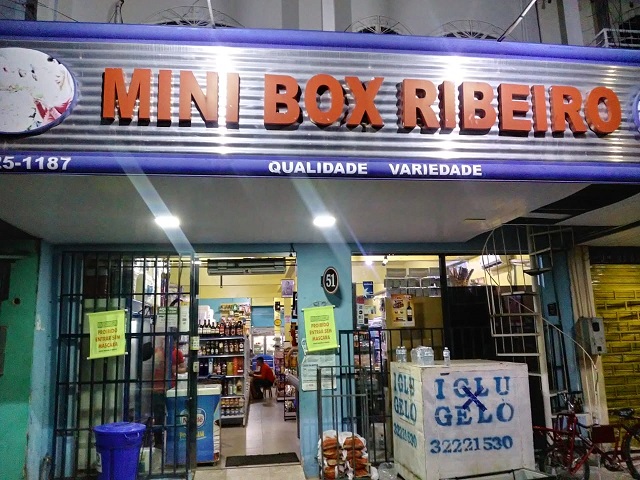
:quality(80)/naturalf/catalog/consport/cross-cronometro.jpg)
